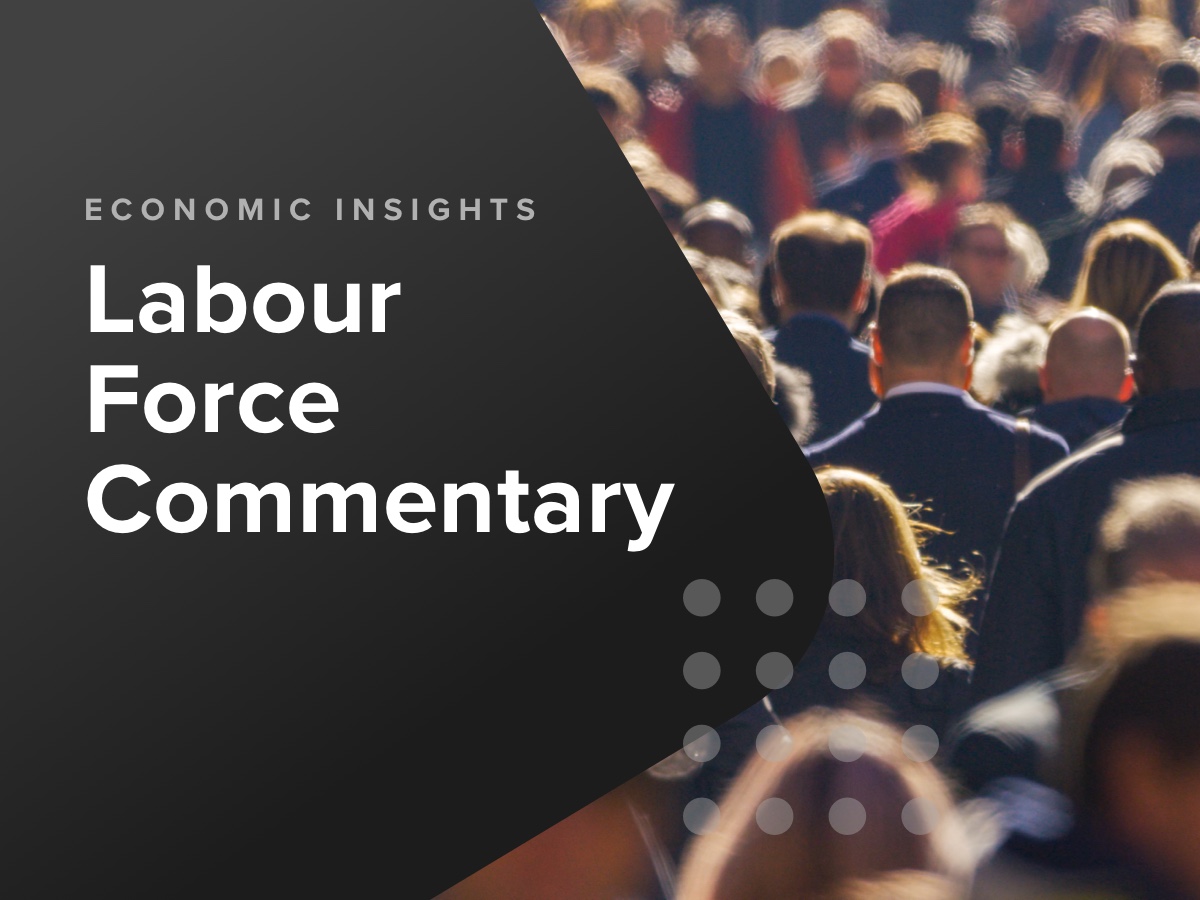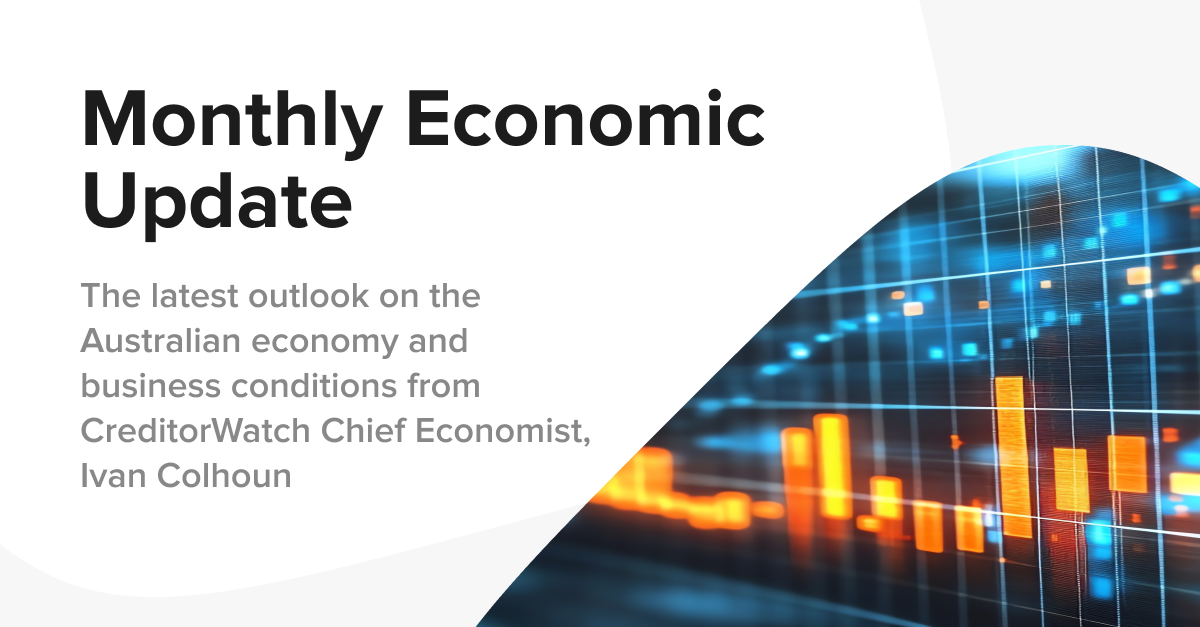Key takeaways:
- RBA rate cut imminent: With inflation coming in lower than expected in May, the Reserve Bank of Australia is set to cut interest rates by 0.25% in July. This would be the third rate cut in 2025, likely bringing the cash rate to 3.1%–3.35% by year-end to support slowing business activity and relieve cost pressures.
- Oil price volatility driven by Middle East conflict: Brent crude spiked to nearly USD $80/barrel in June amid Iran-Israel hostilities but quickly fell back to around $68 as geopolitical tensions de-escalated. Despite short-term shocks, prices finished the month largely unchanged from May, providing some relief to businesses heavily impacted by energy costs.
- Business conditions worsen despite low unemployment: The unemployment rate held steady at a low 4.1%, supporting consumer confidence. However, the NAB business conditions index dropped to post-GFC lows (excluding the COVID pandemic), with retail and manufacturing sectors under significant pressure.
- Insolvencies plateau but remain elevated: Business failures and B2B payment defaults have stabilised but at high levels. CreditorWatch attributes this to mid-2024 tax cuts and government cost-of-living support. Further benefits are expected from upcoming rate cuts, which could help offset ongoing tariff and cost pressures.
Bottom line:
Tariff-related uncertainties and gyrations in markets took a back seat to a significant step up in geopolitical tensions and military conflict in the Middle East in June. Like the April tariff announcements, which were relatively quickly reversed or paused temporarily, the hostilities between Iran and Israel also relatively quickly de-escalated into a ceasefire following the US‘s targeted attacks on Iran’s nuclear facilities.
The oil price – which along with other energy prices such as gas and electricity has been a key source of pressure on businesses in this cycle – was most impacted, though prices are ending the month almost unchanged from May at US$68 a barrel, down from a short-lived intra-month high near US$80 a barrel. Perhaps even more surprisingly, the US stock market was trading at a record high near month end, despite the significant increase in tensions.

Geopolitical pressures and related uncertainties are one of the five megatrends we see dominating the longer run evolution of businesses and economies in the coming decade (the others are AI and technology, the ageing population, climate change and the energy transition, and rising inequality). Reflecting the increased geopolitical uncertainty, defence spending is a key growth area in the economy globally and, along with AI spending, is currently a support for growth as tariffs work in the other direction.
Early in July, attention should return to tariffs with the 9 July deadline for trade deals to be confirmed between the US and third countries otherwise it is threatened that tariffs will revert to the higher initial ‘Liberation Day’ levels. These were not especially high for Australia but were much higher for important trading partners of Australia including China, Japan and South Korea. There does not currently seem to be much indication of a raft of important trade deals being close to completion, perhaps suggesting further extension to this timetable may need to occur.
In domestic news this month, the unemployment rate remained at a very low 4.1%, which is an important fundamental underpinning consumer spending and consumer and business credit. Less favourably, the NAB business survey measure of business conditions fell to the lowest level seen outside of pandemic times since post-GFC days. It’s not yet at a super low level suggesting a very weak economy but is worth monitoring closely in coming months.
Retail and manufacturing businesses continue to report the weakest operating conditions. It’s not clear to what extent the May reading reflects initial tariff-related uncertainties that might reverse somewhat in June or a more fundamental easing in business activity that might require additional support from Reserve Bank interest rate cuts.

Late in the month, the May monthly CPI revealed lower-than-expected inflation clearing the way for the RBA to reduce interest rates by a further 0.25% at its July 7-8 board meeting. Lower interest rates will help businesses and consumers alike by providing some offset to accumulated other cost pressures. It seems likely the official cash rate will end 2025 around 3.1% to 3.35% i.e. another two to three interest rate cuts.
Insolvency data for May continued to plateau at relatively elevated levels. CreditorWatch’s proprietary B2B invoice defaults similarly have levelled off in recent months confirming this welcome development. We attribute the levelling off as reflecting the beneficial effects of the mid 2024 income tax cuts and the cost-of-living support provided by state and federal governments.
It’s too early to expect significant support from the interest rate reductions enacted in February and May but these and further cuts are expected to offset the negative effects of tariffs on global and Australian economic growth and the ongoing effects of previous cost of living and cost of doing business pressures. Overall, we expect insolvencies to be relatively stable at elevated levels over the next six to 12 months.

Subscribe for free here to receive the monthly Business Risk Index results in your inbox on the morning of release. No spam.

Get started with CreditorWatch today
Take your credit management to the next level with a 14-day free trial.

